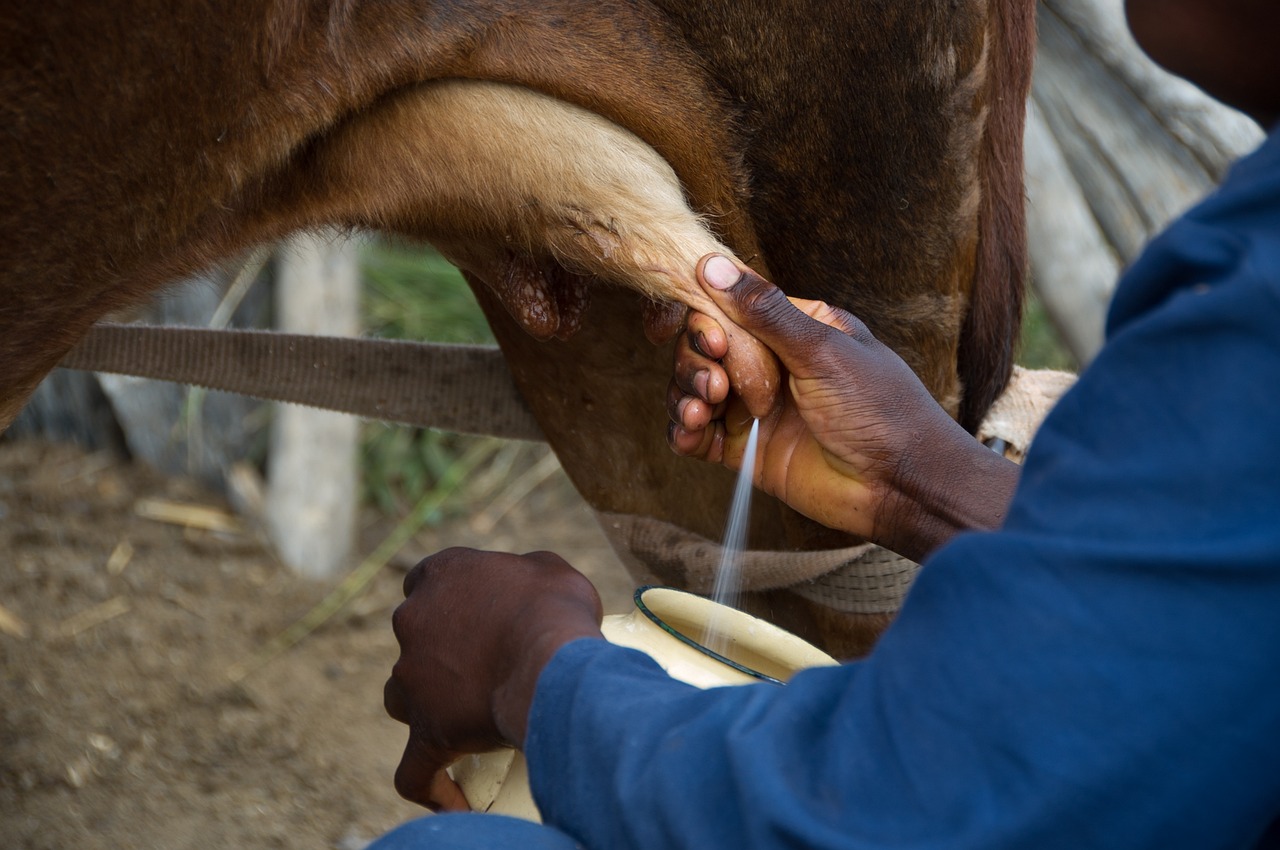The health and well-being of livestock play a crucial role in the success of the agricultural industry. Healthy animals not only ensure a higher yield of meat, milk, and other products but also contribute to sustainable farming practices. However, ensuring the consistent health of livestock has always been a challenging task. In recent years, the integration of technology has brought new possibilities to animal husbandry, offering innovative solutions to age-old problems.
One of the most significant hurdles in implementing advanced monitoring systems for livestock is the design and functionality of available sensors and electronic devices. These technologies are predominantly designed for human use, meaning they are calibrated to suit human anatomy and skin structures. The physiological and anatomical differences between humans and livestock make many existing solutions less effective or even impractical when applied to animals.
The Need for Tailored Solutions
Adapting human-centric technology for livestock presents several challenges. For instance:
- Body Structure: Livestock anatomy varies widely across species, affecting how devices can be attached or embedded.
- Skin Composition: Differences in skin thickness, hair density, and sweat gland distribution require modifications in sensor sensitivity.
- Behavioral Patterns: Animals move, rest, and interact in ways that demand robust and durable devices capable of withstanding harsh conditions.
To overcome these challenges, the physical design and software algorithms of existing devices need to be modified. By customizing sensors and data processing systems to account for the unique requirements of livestock, reliable and efficient health monitoring solutions can be achieved.

Current State of Livestock Monitoring Technology
Recent advancements in technology have provided several tools for monitoring livestock health, including:
- Wearable Devices: Collars, ear tags, and leg bands equipped with sensors to track movement, temperature, and heart rate.
- Smart Cameras: AI-powered cameras to detect abnormalities in movement, posture, or physical condition.
- Environmental Sensors: Devices monitoring barn temperature, humidity, and air quality to ensure optimal living conditions.
While these technologies are promising, they often fail to provide comprehensive solutions due to their reliance on human-adapted designs.
Emerging Innovations: IoT, ANN, and AI
To push the boundaries of livestock health monitoring, researchers and industry experts are turning to cutting-edge technologies:
1. Internet of Things (IoT):
IoT enables real-time data collection from multiple devices spread across farms. For example, smart sensors can collect information about an animal’s vital signs, activity levels, and environmental conditions. This data is transmitted to a centralized system for analysis, allowing farmers to detect potential health issues before they become severe.
2. Artificial Neural Networks (ANN):
ANNs excel at identifying patterns in complex datasets. By training these networks on livestock data, they can predict diseases, identify behavioral anomalies, and even optimize feeding schedules. For instance, an ANN could analyze subtle changes in rumination patterns to detect early signs of illness.
3. Artificial Intelligence (AI):
AI systems go beyond data analysis by providing actionable insights and automating decision-making processes. AI-powered diagnostic tools, for example, can analyze sound-based data (such as coughing or vocalizations) to detect respiratory issues. This innovative approach reduces the need for invasive procedures, minimizing stress for the animals.
Sound-Based Diagnostic Techniques: A Game-Changer
One particularly exciting development in livestock health monitoring is the use of sound-based diagnostic techniques. Livestock often produce distinct sounds when experiencing discomfort, illness, or stress. By analyzing these sounds with AI algorithms, farmers can diagnose issues such as respiratory infections or digestive problems.
Sound-based systems have several advantages:
- Non-Invasive: No physical contact with the animal is required.
- Early Detection: Subtle changes in sound patterns can indicate problems before visible symptoms appear.
- Cost-Effective: These systems reduce the need for expensive diagnostic tools and veterinary interventions.
The Future of Livestock Health Monitoring
As technology continues to evolve, the livestock industry stands to benefit immensely from innovations tailored specifically to animal health. By combining IoT, ANN, and AI with tailored physical devices, farmers can achieve a comprehensive understanding of their animals’ health. This proactive approach not only ensures better outcomes for livestock but also enhances overall farm productivity and sustainability.
Conclusion
The journey toward revolutionizing livestock health monitoring is just beginning. While current technologies provide a strong foundation, adapting these tools to meet the unique needs of livestock is essential for their long-term success. By leveraging IoT, ANN, and AI, alongside sound-based diagnostic techniques, the agricultural industry can unlock new levels of efficiency and animal welfare.
The integration of these technologies promises a future where livestock health is monitored with unparalleled precision, ensuring the prosperity of farmers and the well-being of animals alike.





